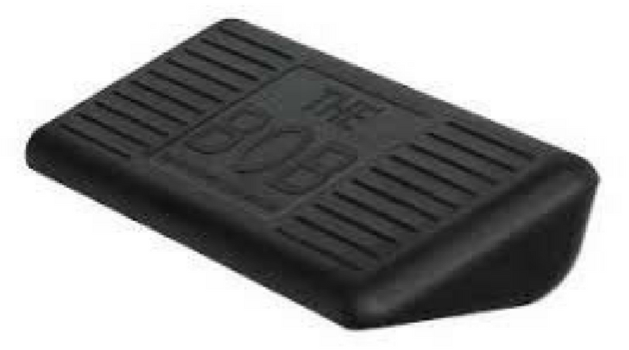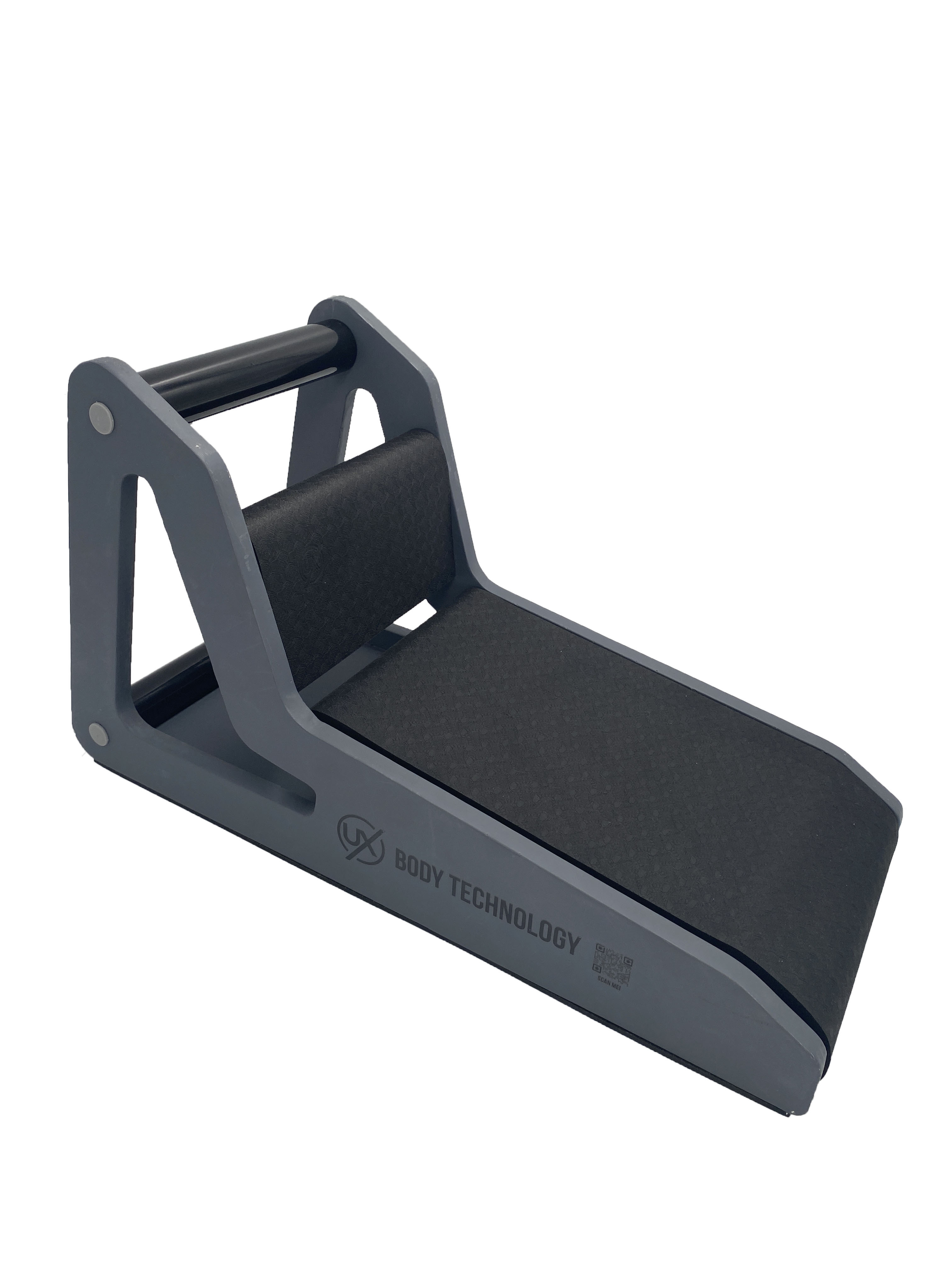 26th Aug 2021
26th Aug 2021
What is the Plantar Fascia Muscle?
The plantar fascia is not a muscle, but rather as the name implies, a fascia. Fascia is a connective tissue that literally covers every structure of the body and is responsible for giving structural integrity to body parts and tissues related to anatomical form and function. Fascia surrounds organs, blood vessels, bones, nerves, muscles, etc. It gives structural support to body organs and tissues, it separates body compartments, it binds and encases structures, etc. Fascia is also rich in proprioceptors that provide feedback related to perception of body posture and movement and its free nerve endings are very sensitive to stimuli, including those that elicit pain.
What is the Plantar Fascia and What is its Purpose
The plantar fascia is a tough band of ligamentous like connective tissue that attaches from the calcaneus or heel bone, extends the length of the foot crossing the metatarsophalangeal joint and attaches to the plantar surface of the bones of the toes. The plantar fascia helps support the arch and plays an important role in the normal foot mechanics of walking, especially the push off component of walking.
What Other Soft Tissue Structures Help Support the Arch
- Plantar ligaments of the foot: Long Plantar Ligament, Short Plantar Ligament, and the Plantar Calcaneonavicular Ligament
- Extrinsic muscles: Tibialis Posterior, Tibialis Anterior, Fibularis Longus, Flexor Hallucis Longus, Flexor Digitorum Longus
- Intrinsic foot muscles: Flexor Hallucis Brevis, Lumbricals
What Causes the Plantar Fascia to Become Painful
Because of its role in supporting the arch and in providing an important function called the Windlass Mechanism of the foot for normal walking mechanics, excessive or abnormal weight bearing repetitive stress to the plantar fascia can irritate it and cause it to become inflamed. Also, the recoil properties of the plantar fascia can lead to a shortening of the structure when the ankle is placed in a plantarflexed position for a long period of time, such as what happens when sleeping through the night. This is the reason that night splint socks are often prescribed for individuals suffering with plantar fasciitis.
Where is Plantar Fasciitis Pain Primarily Located
Plantar fasciitis pain is primarily felt on the bottom of the foot at the anteromedial part of the calcaneus or heel bone.

A classic sign of plantar fasciitis pain is when a person first steps out of bed in the morning and bears weight on the involved foot. During the night the plantar fascia shortens due to its elastic properties and lack of weight bearing. Then, when the individual steps out of bed in the morning and bears weight on their foot, tension and stretch is applied to the fascia eliciting pain. Another common sign of plantar fasciitis is heel pain when standing up and bearing weight after sitting for an extended period of time, or pain can be felt fairly shortly after terminating a prolonged weight bearing activity like jogging, walking, or aerobic dancing.
What are the Risk Factors for Developing Plantar Fasciitis
- Repetitive activities like walking and jogging
- Tight and inflexible calf muscles
- Being overweight or obese
- Pregnancy
- Wearing worn out shoes who have lost their ability to support the arch
- Jobs that require a person to stand for long periods of time on a hard surface
- Have flat feet or a high arch
For a more comprehensive review of these risk factors click HERE for our article titled, “What is the Main Cause of Plantar Fasciitis”
In General, What are the Interventions for Treat Plantar Fasciitis
While there are various therapies for the treatment of plantar fasciitis, those therapies can be lumped into these general guidelines:
- Modify activities that are contributing to the condition
- Stretch tight calf muscles
- Stretch the plantar fascia
- Massage the plantar fascia
- Strengthen the muscles that help support the arch
- Wear good fitting shoes that support the arch
*You can learn more (HERE) about Plantar Fasciitis by reading our other article titled, "What is the main cause of Plantar Fasciitis?"
Two Products Designed to Treat Plantar Fasciitis
Some products are designed to provide one specific treatment intervention and other products are designed to address multiple interventions. Here are two products that have a few features designed to treat plantar fasciitis:
| The BOB Incredible Calf Master Stretch System: This product has been around for nearly two decades and is found in many physical therapy clinics and patient homes. Its dimensions are 16” L x 6.5” D x 3” H. It weighs 4 pounds. To read about this product: https://www.prohealthcareproducts.com/the-bob-incredible-calf-master-stretch-system/ |  BUY NOW |
| The Foot Ramp: The Foot Ramp is a revolutionary new product of industrial strength design that is used in gyms and clinics. Its dimensions are 19” L x 8” W x 10.5” H. To read about this product:https://www.prohealthcareproducts.com/the-footramp-calf-stretching-and-muscle-building-plantar-fascia-rehabilitation/ |  BUY NOW |





